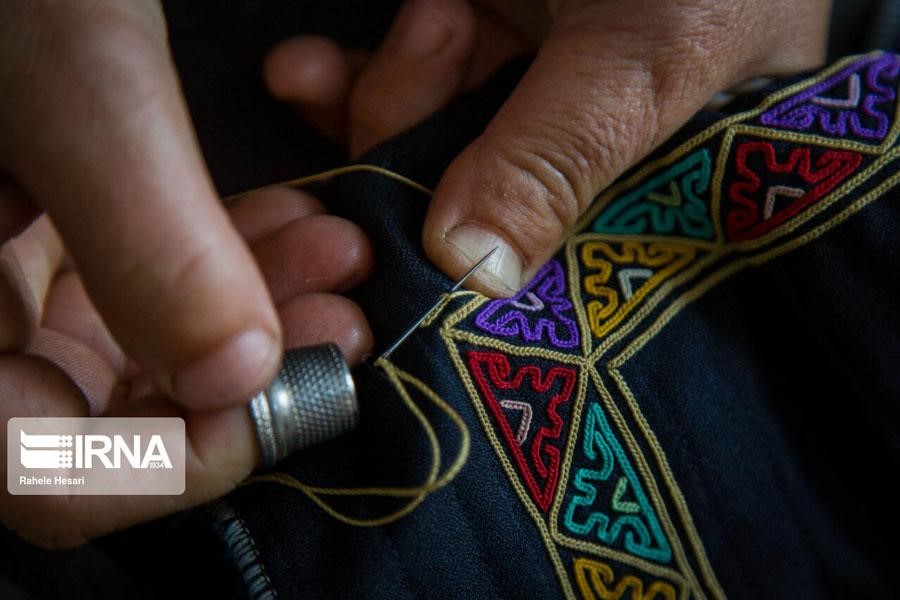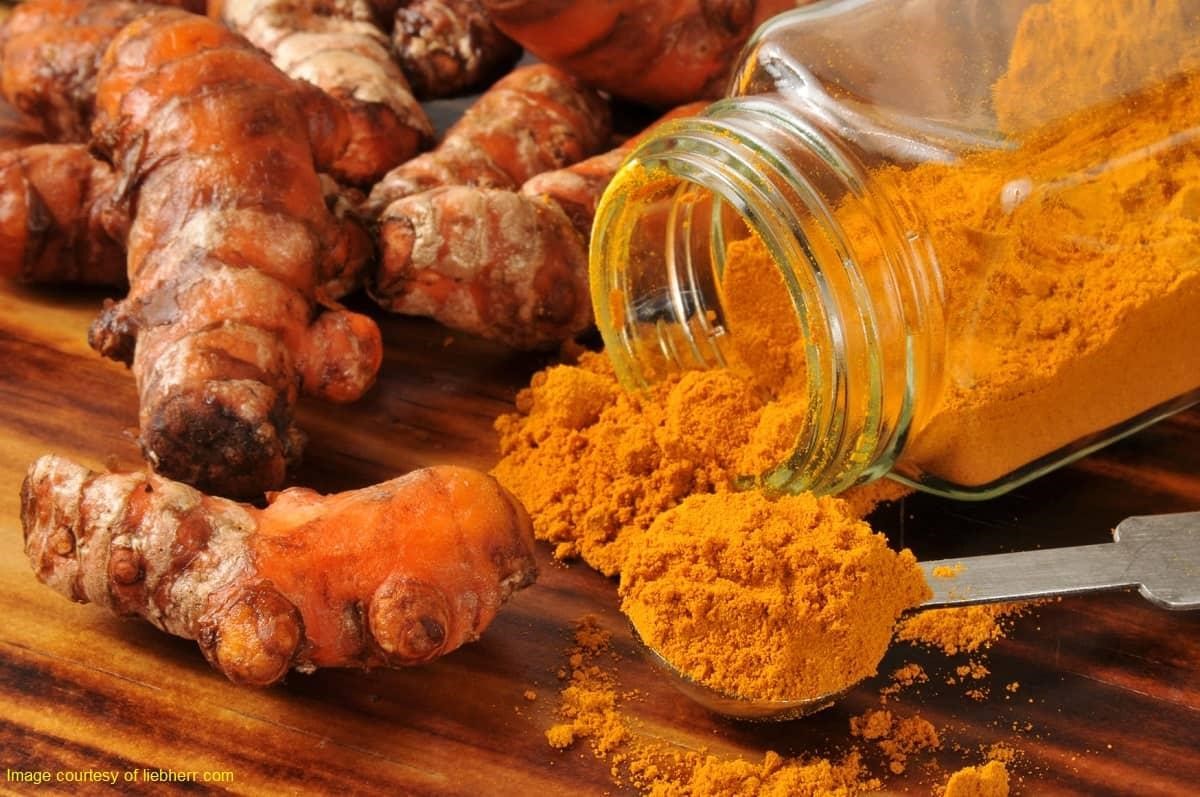
Turkmen-style needlework art, also known as Siah Doozi (embroidery), is one of the traditional Iran handicrafts practiced by Turkmen nomads. It is used to embellish clothes, curtains, etc, and it was a widely practiced handicraft when traditional local clothes were more common among Iranian Turkmens, but its popularity decreased over time. Nevertheless,Turkmen-style needlework art was recognized in 2022 as the 20th example of Iran and Turkmenistan’s intangible cultural heritage in UNESCO.
History of Turkmen-Style Needlework in Iran
This decorative art has a long history in Iran, as there are traces of Turkmen-style embroidery that date back to the Scythian period in the 5th century B.C., which can be seen in the following historical periods along with other traditional forms of embroidery. These handicrafts continued to flourish during the Afsharid, Zand and especially Qajar periods. The artwork remnants of the mentioned periods are proof of this claim.
The following are notable examples of needlework art from these periods:
- An example of 18th century dress embellished with Turkmen-style needlework embroidery on white fabric. This artifact is kept in the Los Angeles Museum.
- Two robes with Turkmen-style needlework art on a background of gold and yellow silk textile preserved in private collections.
Based on the existing evidence, it can be concluded that the Turkmens were familiar with the basics of needlework on silk since the distant past. In fact, in the past, Turkmen women wove their clothes using silk threads and dyed them with natural colors. Most importantly, they used needlework art to embellish their clothes. This traditional art is referenced in the folklore literature and folk stories and songs of Turkmen women.
Color Palette of Traditional Turkmen Clothing & Needlework Art
Turkmen people usually embellish traditional clothes using warm color fabrics and threads, with red being the dominant color. In color theory, warm colors include red, orange, yellow, and a wide spectrum of their variations including purple and crimson and more. Of course, the use and selection of these colors is highly dependent on the artist’s mood and style habits.
Another color that can be seen in Turkmen clothing is Hyacinth red (ruby red), which symbolizes the fire within. In addition, the Turkmen-style needlework art includes colors such as red, crimson, navy blue, white and black.
In recent years, the production of Turkmen-style needlework artwork has been limited due to the high price of raw materials and its extensive production cycle. This handicraft art was widely popular in the past, used to decorate curtains, Quran covers, Boghcha (bundle) and clothes. Today, this art is only used in decorating the traditional clothing of Turkmen women. It is good to know that the inclusion of embroidered pants and Annoqhs (rings worn on the head) in the bride’s dowry is still common among Turkmen women.
Common Embroidery Patterns in Turkmen-Style Needlework Art

In general, the pattern motifs in needlework art are inspired by natural elements. They can be divided into the following categories:
Animal Motifs:
In the past, Turkmen tribes domesticated animals such as camels, horses and dogs to accommodate their nomadic lifestyle. They also considered animals that refused domesticated life sacred because of their strength, majesty and other qualities and used wild animal motifs to decorate clothing. Among the animal motifs used in embellishing traditional Turkmen clothing, the following are noteworthy:
Tirana Boroon:
The Turkmen word for Beluga Sturgeon Huso Huso fish is Ozon Boron. This pattern is mostly used in the needlework art on hats and pants of Turkmen women.
Ghoochoogh (Ghachagh):
It means ram’s horn. Turkmen people consider the ram as a symbol of strength and power, that’s why they use it in their needlework designs.
Ghosh Ghanat (Bird’s Wing):
In this style of needlework art, the artist embroiders the pattern of the wing of an eagle traditionally called “Ghara Ghoosh”, which the Turkmen people consider a symbol of power and speed.
The motif of some vermin and insects such as möý (spider) and Sari Ichichian which means yellow scorpion. The reason for using spider motifs in Turkmen-style needlework art is the constant presence of this pest in horse stables and tents of Turkmen people.
Traditional Turkmen Beliefs:
Like many Iranian ethnic groups, Turkmens have unique customs and beliefs that are reflected in their art. Here are two examples of the implementation of these ideas in the art of Turkmen-style needlework:
- Dort Goz (four eyes): This motif is meant to ward off sore eyes and bad spirits.
- Burmeh Chegin: According to the beliefs of elderly Turkmen women, we should tie the arm of the person who has low blood pressure or has fainted with a handkerchief so that the blood flows upwards. In Turkmen language, this handkerchief is called Burmeh Chegin. Burmeh means closing and Chegin means arm. This design can be seen at the bottom of the pants of Turkmen people.
Tools and Weapons Motifs:
The jewelry designs popular among Turkmen people usually resemble weaponry such as shields, helmets, bows and arrows, armor and swords. An example of using weaponry motifs in needlework art is needlework brooch designs that resemble shields.
In addition, the following items can be mentioned among other tools and weaponry:
- Chaghmagh: It is a type of clamping device mostly used in blacksmith workshops. This motif is usually sewn on the legs of women’s pants.
- Ovi: This motif resembles a dome helmet, which is an embellishment that is a symbol and reminder of war. Turkmen people believe that some of their women, including Terken Khatun, who participated in battles, wore similar helmets. Other women wore this helmet when they were waiting for their men to return from the war.
Natural Motifs in Turkmen-Style Needlework Art
Turkmen nomads took inspiration from nature and their surrounding environment in designing simple motifs for their needlework art and used it in decorating carpets, rugs, ornaments and even horse saddles.
Symbolic motifs of Turkmen culture can be seen in their artwork, including the following:
- Chaghmagh design: patterns inspired by different plants and trees.
- Ovi: It resembles the domes of Turkmen arbors.
- Shelepeh: It is usually used in the border embellishments of Turkmen handwoven carpets, but is also seen in Turkmen needlework.
- Yafrak: The pattern of a specific leaf.
Materials Used in Turkmen-Style Needlework Art

This nomadic tribe uses various materials in Turkmen needlework art, which include:
- Threads: Turkmen needlework threads are made of silk, cotton, and synthetic such as acrylic, etc.
- Silk and wool fabrics: Silk fabrics are used in making clothes such as Cherpeh or women’s short garments, Kurta or long robes and Chakman or men’s robe. On the other hand, wool fabrics are used to make Chabit or coats.
- Crewel needle: a special needle for embroidery.
- Mahoot: It is a thick and fluffy woolen fabric.
- Termeh: This precious fabric is woven in different colors of black, yellow, and red using delicate threads. Termeh usually has the cursive Paisley designs and Shah Abbasi flower patterns in different colors.
- Thimble: A small metal cap worn on the finger that prevents the needle from piercing the artist’s hands.
- Scissors: Various types of scissors are used in this art, such as zigzag scissors, cutting scissors, and embroidery scissors.
The Steps of Turkmen-Style Needlework
Creating Turkmen-style needlework art includes a multi-step process including:
- Layering and groove embroidering fabric to make it stable for needlework
- Spinning silk thread to double, triple and quintuple threads to increase thread strength
- Border mapping to determine the main area of the textile for embroidering the design
- Siah Doozi embroidery for defining the area of the design with chain stitch using black silk threads
- Alwan embroidery or sewing colored threads inside the black embroidery
- Daneh Doozi or Alaja (bead embroidery), sewn between the border stitches.
- Sefid Doozi embroidery, which is the last stage of Turkmen needlework art. This step is usually embroidered in women’s pants in the upper part of the border stitches.
Note that in the art of Turkmen needlework, there are a variety of stitches, which include:
- Chain stitch (Kojma), feather stitch, stem stitch, Tigh Mahi or Qaima stitch (resembling a fish) and bead embroidery (Ilma).
The usual pattern in this traditional Iranian handicraft is a type of compact and very fine chain stitching, which the locals call “Sanjim”. In this style, the artists sew symmetric and geometric patterns from the heart and without a specific plan.
Learn More About Turkmen-Style Needlework Art

This field of Iranian handicrafts is among the country’s intangible heritage, which is studied in cultural heritage tourism. You can see the art of Turkmen-style needlework in traditional handicraft workshops across Iran. Destination Iran recommends purchasing needlework artwork from these workshops to promote sustainable tourism in the area and support the local economy and the Turkmen community.














